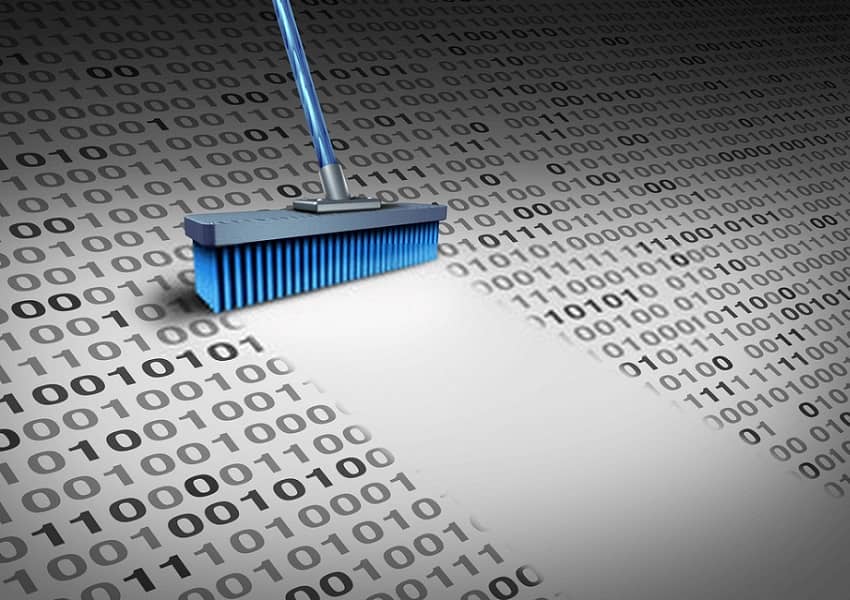Data Cleaning vs. Data Wrangling
Both processes are crucial to converting unstructured data into business decisions.
Businesses are becoming much more data-oriented over the time, so data got bigger, messier, and more complex now than have ever been. To conduct effective data analysis, it is vital that the data is consistent and free of errors.

The machine learning models are only as good as the data that feed them. Remember the garbage in, garbage out principle: flawed data input leads to flawed results, insights, and business decisions.
As datasets come in various sizes and are different in nature, data engineers create and carry on processes that prepare raw data to be used by data analysts and scientists in data interpretation, building and training predictive models, and reporting.
There are many mundane, time-consuming but high skilled processes that data engineers must go through in order to prepare their data for analysis. Data cleaning and data wrangling are the major steps within this preparation. 80% of a data engineer's time and effort is spent in collecting, transforming and reshaping data.
Due to their similar roles in the data pipeline, data cleaning and data wrangling are often confused with one another. So let's go deeper into each concept and how they contribute to maximizing the value of your data.
Data Cleaning
Data cleaning is the act of finding and repairing or removing corrupt, inaccurate, incomplete, erroneous, or irrelevant values from the dataset and then replacing, changing, or deleting them. Inconsistent data can occur due to corruption in transmission or storage.
Also called Data Cleasing, the focus of this step is to deal with inconsistent data by filling out missing values and replacing outliers with mean, median, mode, or other values predicted by machine learning algorithms, removing duplicate records, and smoothing biases and noisy data through various regression or clustering techniques.
The cleaning tasks can be done automatically or semi-automatically through the interactive guidance of Mapeai platform or manually with data wrangling tools or scripts.
Data Wrangling
Data Wrangling is the process of collecting, and transforming or mapping data from one raw form into another format for making more meaningful data for better understanding, modeling through machine learning, analysis, and decision-making.
After parsing into predetermined layout, data is kept in a storage unit for future use. Also known as Data Munging, this is a crucial process of the data pipeline for Data Science and Data Analysis.
This process is much the same of what we call ETL (Extract, Transform, Load), but when we refer to ETL we infer that the raw data has already some sort of structure, so the Transformation part doesn't play a big role in the process. Conversely, the rise of Big Data with complex and huge raw sources made the Transformation step much more relevant.
After cleaning the dataset, data wrangling deals with the below functionalities:
a) Reshaping: Manipulate data according to requirements, where data structure can be transposed, columns reordered and rows sorted.
b) Filtering: Drop unwanted or duplicated rows and redundant columns.
c) Merging: New data are added combining two or more datasets by one or more common fields.
d) Scaling: Translate numerical data into a specified range by normalizing or standardizing data.
e) Grouping: Aggregate data based on determined labels forming groups taken out often from a large data.
f) Enriching: Add new features or data from external source or through calculations to a given dataset in order to improve the performance of an applicable model.
g) Validating: Enhance the quality of data and consistency standards so that data transformations fit the organization’s needs or the business question.
The Distinction between Cleaning and Wrangling Data
While data cleaning is concerned with the consistency of your dataset, data wrangling is concerned with preparing architecturally the data for modeling.
Traditionally, data cleaning would occur prior to the application of any data wrangling procedure. This shows that the two processes are complementary. Before being used for modeling, data must be cleaned and wrangled to convert unstructured data into useful data and to reveal all the insights of data.